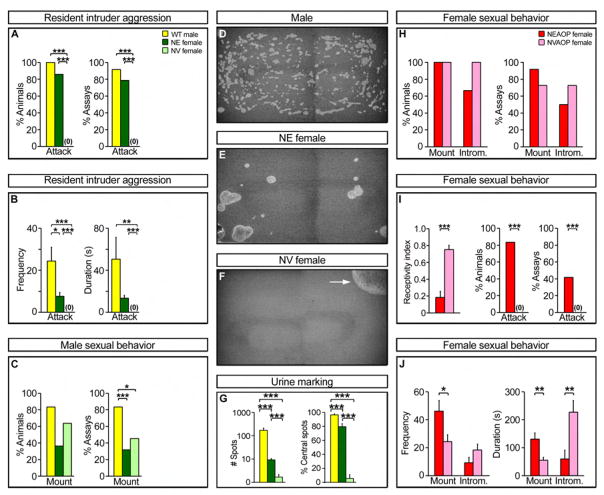Figure 6. Estrogen masculinizes territorial but not sexual behavior.
(A, B) WT males and NE females attack intruders in resident intruder aggression tests. Resident males fight with greater frequency and for longer duration (B). (C) WT males and NE and NV females exhibit male sexual behavior towards estrous intruders. Males mate in more assays than females. (D–G) WT males and NE females scatter many urine drops, the majority of which are located away from the cage perimeter (% central spots). NV females deposit urine in one or a few large pools (arrow) near cage walls. (H) WT males mount and intromit (Introm.) both NEAOP and NVAOP females equivalently (n ≥ 6; p ≥ 0.121). (I) NEAOP females have a low receptivity index and attack resident males in many assays. (J) Resident males mount NEAOP females more frequently and for a longer duration but intromit for a shorter duration, consistent with lowered sexual receptivity. Mean ± SEM; n ≥ 6; * p ≤ 0.037, ** p ≤ 0.022, *** p ≤ 0.009.

